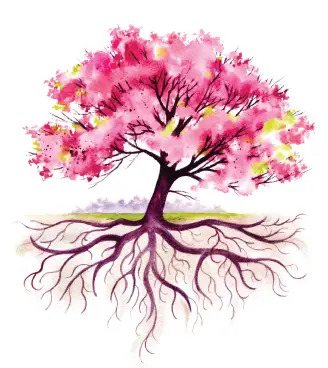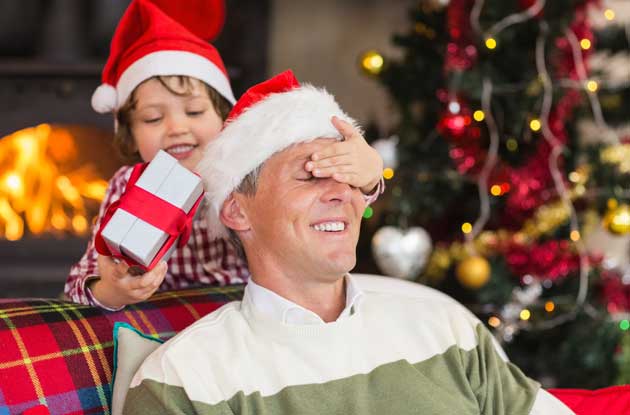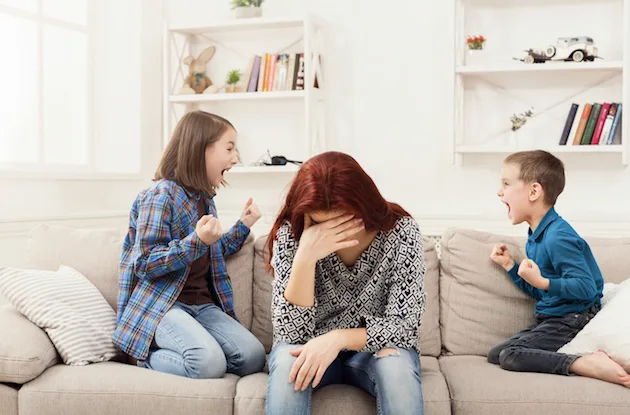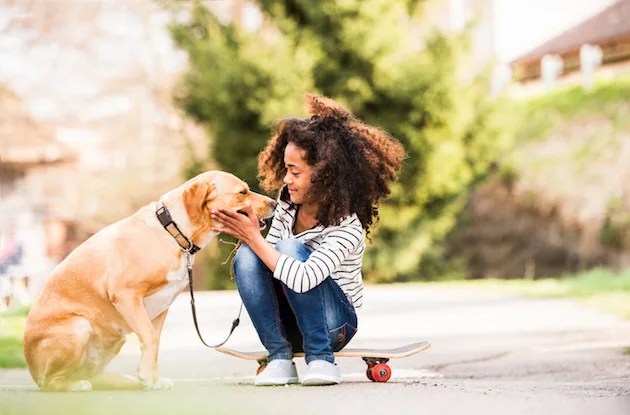One mom shares her thoughts on raising her half-Filipino, half-all-American children in a way that honors her multicultural family tree.
“Did you know that I’m half a jalapeño?” This was the question posed by my 6-year-old to a neighbor the other day. After we stopped laughing, I explained what she meant—that she is half Filipino. Our children know they are biracial, even if they can’t pronounce it: Caucasian from me and Filipino from my husband. In our home, we’ve tried to raise our children with an understanding of both our cultures.
 The emphasis has been heavier on the Filipino side because we feel that this culture is in the most danger of being lost. The culture of the Philippines is rich and vibrant, making it easy for us to incorporate those traditions and foods into our family life. Our children have learned the art of making lumpia (a Filipino-style eggroll) and shopao (a meat-filled dumpling) from my husband’s parents, and I’ve even tried my hand at making adobo (a traditional meat dish) and cassava cake (a cake made from coconut and cassava root).
The emphasis has been heavier on the Filipino side because we feel that this culture is in the most danger of being lost. The culture of the Philippines is rich and vibrant, making it easy for us to incorporate those traditions and foods into our family life. Our children have learned the art of making lumpia (a Filipino-style eggroll) and shopao (a meat-filled dumpling) from my husband’s parents, and I’ve even tried my hand at making adobo (a traditional meat dish) and cassava cake (a cake made from coconut and cassava root).
At Christmastime we make our own Filipino star lantern and attend our church’s annual Simbang Gabi (Filipino Christmas mass) in which the service is partially conducted in Tagalog, the language of the Philippines. We’ve even managed to include traditional dress. Our son was baptized in a Barong Tagalog baptismal gown, and my husband and father-in-law wore Barongs for the ceremony as well. (The Barong Tagalog is a thin, embroidered formal garment that is worn by Filipino men for formal occasions.)
Honoring Melting Pot Culture
Surprisingly, the harder part of our cultural equation has been what to teach our children about my family. I’m a typical American with mixed ancestry over several generations—mostly Western European with a sprinkling of Native American. Growing up in the Midwest, I don’t remember any specific food, music, or other tradition being touted as uniquely ours. This brings up the question, what is my culture? Good Midwestern family values? For that matter, what is American culture? Pioneer spirit? American Idol?
Which part of my ethnicity do I emphasize? I could bake kolaches (a Czech pastry) to honor my great grandmother’s heritage or give a nod to my dad’s German ancestry by cooking wiener schnitzel. Although I possess a CDIB card (Certificate of Degree of Indian Blood) documenting my few drops of Choctaw blood, my family never talked much about our Native American ancestry.
The answer—I decided—is all of the above. Being the parent of bicultural children has taught me that it’s fine to start our own family traditions. I’ve told my kids the story of my maternal relatives staking a claim in the 1889 Oklahoma Land Run, and about how that land remained in our family until recently. We visited the site of my grandfather’s former home and listened to him tell his stories about growing up on that farm.
Because some of my relatives emigrated from Germany, we’ve started a tradition of giving our children a German schultuete (a big cone-shaped package of school supplies and treats) on the first day of kindergarten. We’ve also attended local Oktoberfests to experience German music, dress, and food.
Last summer, while visiting family in Oklahoma, we attended a Native American powwow. We enjoyed watching the dancers in their fancy costumes and even danced in the circle during the time when all attendees were welcomed. Our children enjoyed the experience and brought home dream catchers to hang over their beds and “catch” the nightmares, as the Native American folktale goes.
I feel that teaching children about their heritage gives them roots in our increasingly transitional society. Not only do these traditions make fun family memories, but I’m also sure that an understanding of their family history will make our children more well-rounded adults.





















